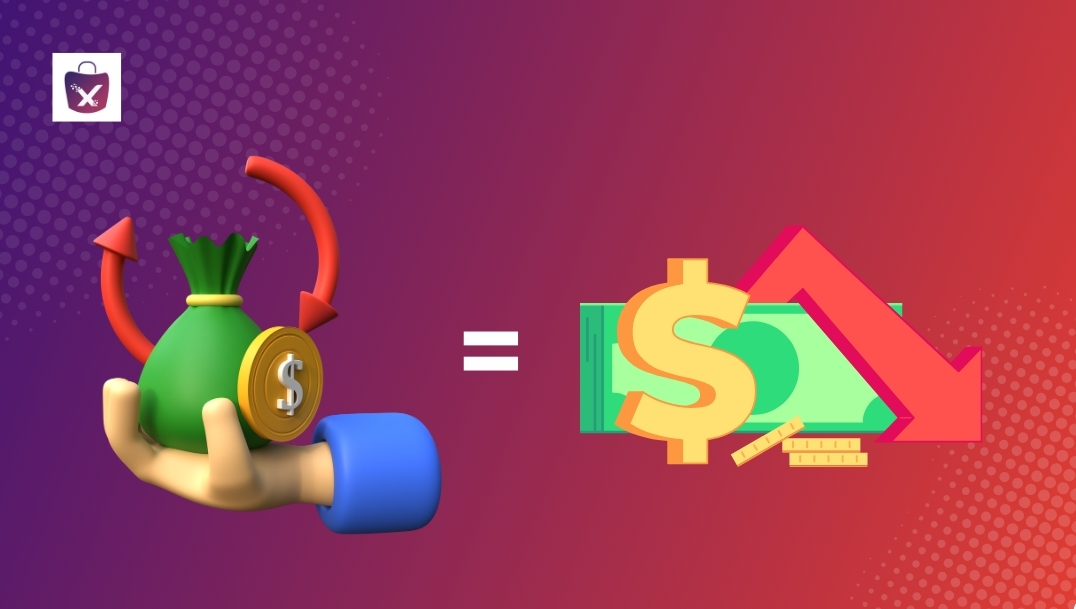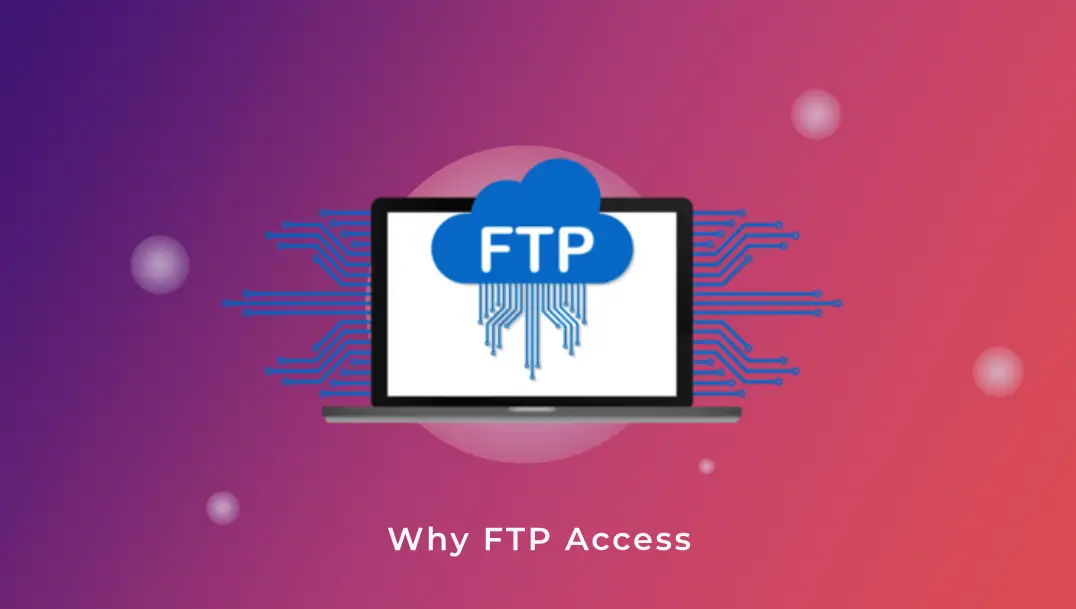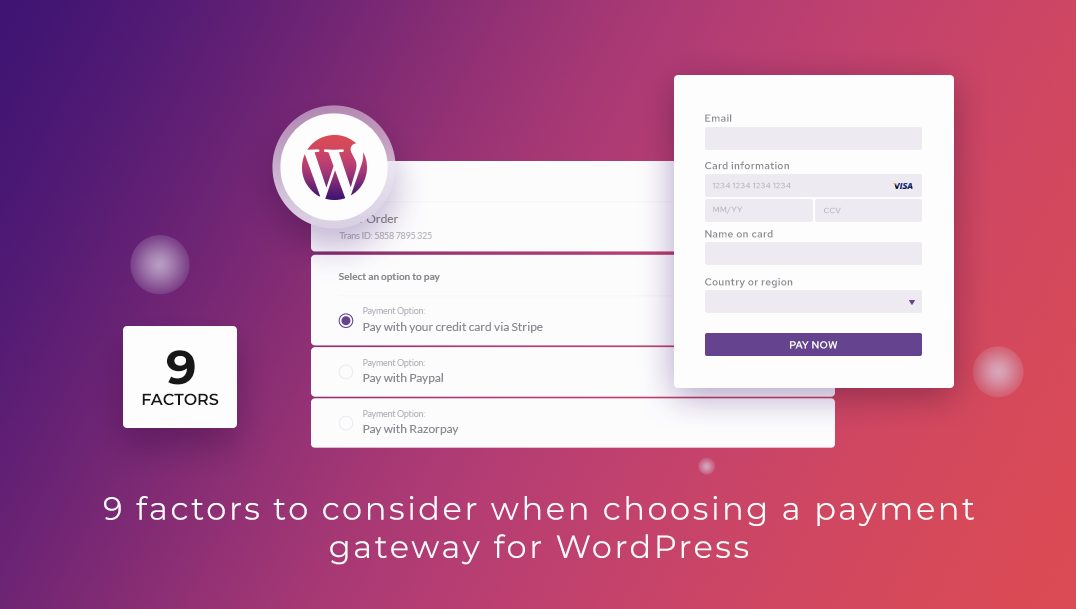If you have been in the eCommerce business for some time now, you are certainly aware how crucial it is to close the deal with your customers. While online shopping is hugely convenient, it denies shoppers the touch-and-feel experience and hence, abandonment of purchase takes place at different stages. However, you may not be aware that a significant percentage of your shopping cart abandonment rate is directly linked to a not-so-desirable return policy of your marketplace. Yes, that’s a fact.
The Wall Street Journal estimates that as much as 33% of e commerce purchases made by consumers are ultimately returned. Now, of course, a “no questions asked” return policy is alluring for the customers but it is unprofitable for the sellers. So, the real deal is to strike a balance. Create a winning return policy that is attractive to your potential customers and lucrative to your bottom-line at the same time. To understand how such a return policy can be possibly made, let’s carry on with the discussion.
Ecommerce Return Statistics: What the Scenario Looks Like?
Let us first take a look at the popular online marketplaces’ return policies below:
|
Online Marketplace |
Returns Policy |
|
Flipkart |
30 day replacement guarantee for sellers with Flipkart advantage (logistics handled by Flipkart) and fashion and books categories. 10 days for the rest. |
|
Snapdeal |
7 days. |
| Amazon |
7-30 days depending on the reason behind return and product category. |
The American Broadcasting Company and The Wall Street Journal both had conducted surveys related to ecommerce trends in recent years. Here is a gist of what they found:
- 66% of consumers online do read the return policy– Sounds surprising but yes, shoppers do read the return policy on your website before making a purchase decision and not just when they need to return something.
- 65% of returns are actually due to the seller’s fault– Being in the online business, any product return might disappoint you enough to blame the customers. But hold on! A majority of these returns owes to damaged items, wrong items being shipped or too much delay in arrival, all of which are the merchant’s fault.
- 80% of consumers are deterred by a complicated return policy– And with a complex return policy in place; they will cease to be loyal to your marketplace.
- 81% of consumers will look for a simple and fast return policy while choosing a particular ecommerce store.
- 79% of consumers want free return shipping- If your ecommerce is unable to provide this, then least chances are that your customers will continue doing business with your brand.
With the above data in hand, it is no surprise that return policy is gaining growing importance for both buyers and sellers. Since consumers are getting more confident with the idea of online shopping, it is likely that they will not settle down with even a not-so-satisfactory e-shopping experience.
Preparing a Comprehensive Return Policy- A Quick Guide
So, now that we understand that most retailers are perhaps not meeting customer’s expectations with respect to return policies, let us explore few strategies of jotting down a wholesome one. These helpful tips backed by hard data will enable you transform the policy and maximize revenue.
-
Readability is the basic criteria
Consumers come to your marketplace to shop items and that too, with very less time in hand. They will certainly not want to spend much time reading and understanding a return policy. So, the first thing, make it short, lucid and crisp. Ensure that all the points are understood from the very first read.
-
Make it accessible
Well, 40% of customers online complain that they struggle to locate the return policy on the website. So, it is essential that the link to the return policy lies at an easily visible part of your website. Providing a link to the policy at the checkout page is a good option too.
-
Allow fast creation of return label
Ok, so you have placed your return policy link right and have made sure that it is easily understandable. That’s definitely not all. It is the content (more specifically, the clauses) that matter. Go for automated returns integration that helps customers process the return online and generate a return shipping label in a hassle-free way. Stats reveal that provide a return label and 52% of them want the label included in the box.
-
Enable free return shipping
That’s must. Do not consider paying return shipping as your loss. Instead, a free return shipping will actually help you earn more repeat business and improve customer loyalty. Not convinced? Well, it’s a fact now that more than 90% of consumers online want free returns shipping as a standard practice, followed by all eCommerce players.
We will wrap up our discussion with illustrations of special measures adopted by the giant marketplaces related to their respective return shipping policy. These can be considered protective measures for the individual sellers on the marketplace.
- Flipkart Advantage– The Flipkart Advantage category covers sellers whose logistics are handled by Flipkart itself. A 30 day replacement guarantee comes complimentary with this tag.
- Amazon Fulfillment– Similar to Flipkart advantage, the Fulfillment by Amazon (FBA) category sellers can store their products at Amazon fulfillment centres. From there, Amazon ships, sells and addresses all customer service issues. The FBA is a great trust building tool.
- SnapDeal TrustPay– It protects customers with a 100% moneyback guarantee if there is an issue with product quality, size or delivery. Resolution of complaints within 30 days and full refund if not resolved, comes along.
- ebay Guarantee- The ebay Guarantee program is designed to help users resolve genuine claims arising from their transactions with other users. In the failure to provide 100% satisfaction, it guarantees refund or replacement.
A word of advice – product returns are indeed a seller’s nightmare. And it is all the more applicable in situations where the buyer returns products with unethical excuses. But, ecommerce returns are quite common. So, buyers returning your products are as likely to make future purchases as others. On the brighter side, returns help you identify the customers who need to be re-engaged and drawn back to your business. And it is because of these re-engagements that, with every processed return, there is a prospect of three future sales from the same customer, as per studies.
Does your marketplace have return policy? What’s there in your return policy or do you have any? Or, will you draw inspiration from the bigger players? Let us know what’s your thoughts on the matter.




